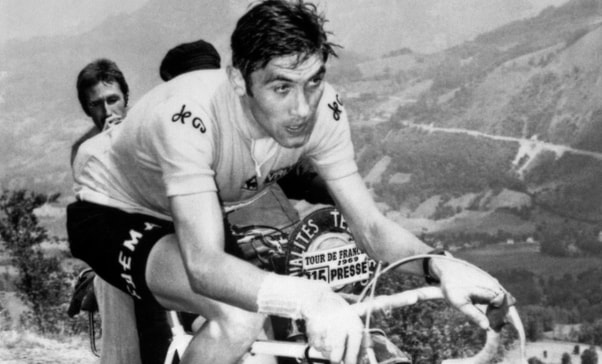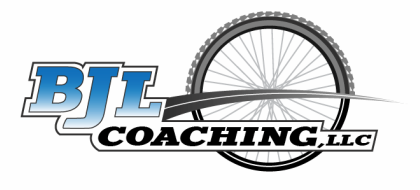 Climbs. Love them or hate them, most cyclists want to be able to get up the hills faster. There are many approaches to training and workouts you can do to become a better climber, but what’s the fastest way to attack a hill? Steady power like a flat time trial or vary your effort? Stay seated or stand or mix it up? As is often the response to many cycling related training and performance questions, the answers to these questions fall into the category of “it depends.” For years, we just didn't know. And while we could see some techniques were faster for some riders, it was hard to definitely offer specific guidance. However, new technology has allowed coaches and sport scientists to look more in depth into this often discussed topic and come up with conclusions based in science. It’s important to understand that what’s best for performance may not necessarily be best for generating a training stimulus for adaption. The research was conducted from the perspective of truly “what’s the fastest way to ride up this climb?” The article and podcast are really great if you’re interested in taking a deeper dive into the subject, but the big take away is that the fastest approach is to focus on speed, not intensity. So while you need to be careful not to put yourself into the red and burn too many matches, on a climb with varying grade, keeping up the speed will almost always be the fastest approach. From a physics standpoint, this would certainly seem to make sense as you would want to conserve your momentum in the form of forward velocity. So as the grade transitions to a steeper section, you’ll come in with a little more intensity in an effort to maintain as much speed as possible. For some cyclists, this may be best accomplished by standing up and driving the pedals a little harder. Again, it’s important to be mindful of your effort, but the notion of pinning it at your threshold for that 20 minute climb might not be the fastest approach. In no way am I suggesting you go for your PR every ride, but Strava can be a great tool to experiment with different approaches to a climb. Get out and do some repeats on your favorite hill using various approaches and see how your time is impacted. Create a new segment for yourself if there’s not a suitable one and have at it. Science is great to give us some starting points, but find what works for YOU. So check out these great resources here, and give a try for yourself: Fasttalk: Inside the New Science of Climbing https://www.fasttalklabs.com/fast-talk/inside-the-new-science-of-climbing/ Pez Cycling: The Biomechanics Of Climbing: Stand And Deliver https://pezcyclingnews.com/toolbox/toolbox-stand-and-deliver-the-biomechanics-of-climbing/ Have fun, and remember in the immortal words of Eddy Merckx, “Don’t by upgrades, ride up grades.” Find those hills and ride them! Cheers, Coach Brian
0 Comments
Your comment will be posted after it is approved.
Leave a Reply. |
Categories
All
Coach B.L.Coach B.L. is the head coach at BJL Coaching and an avid racer and cycling enthusiast himself. Archives
July 2024
|

 RSS Feed
RSS Feed